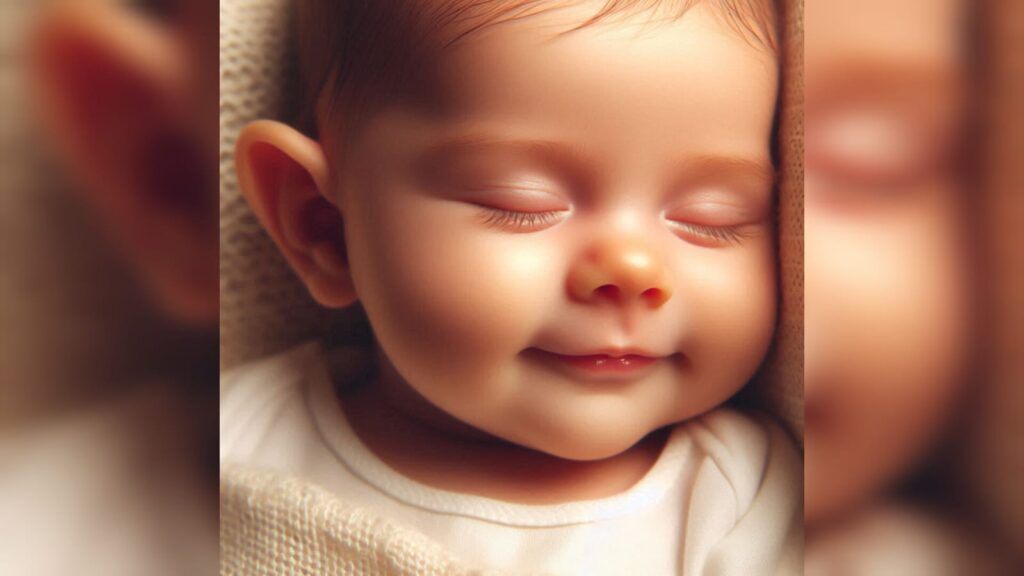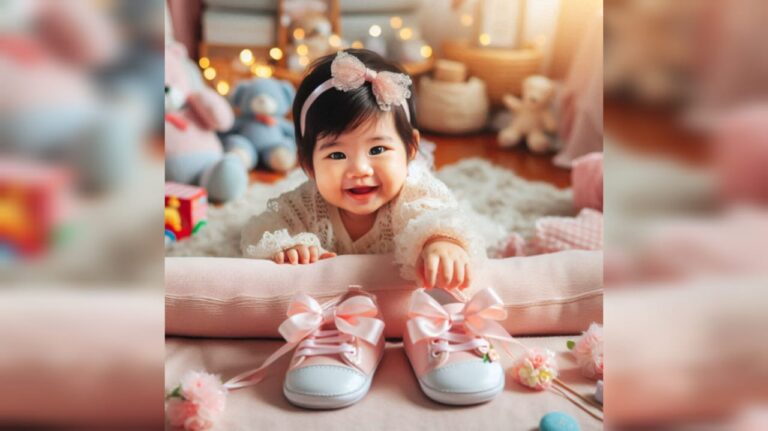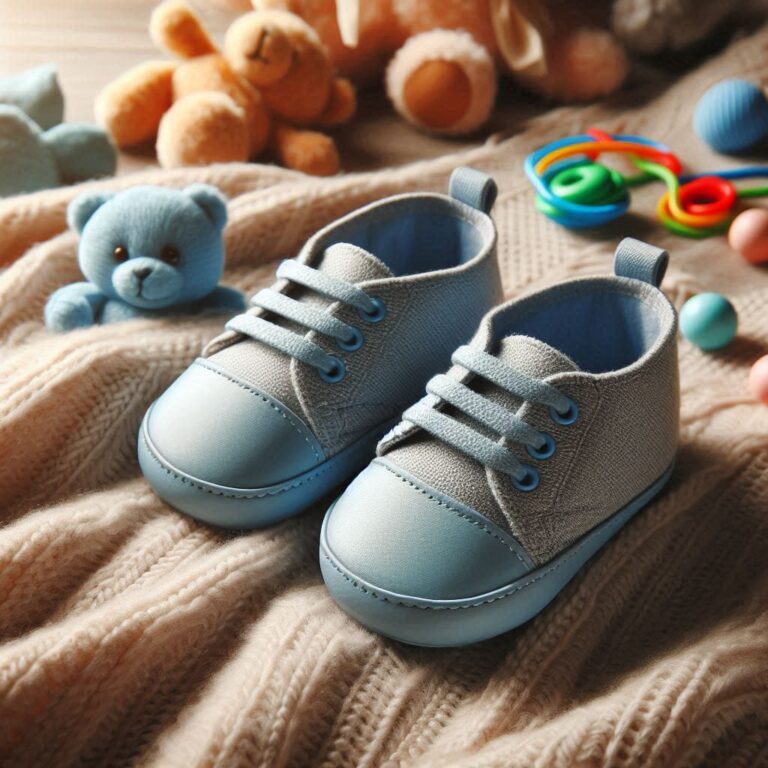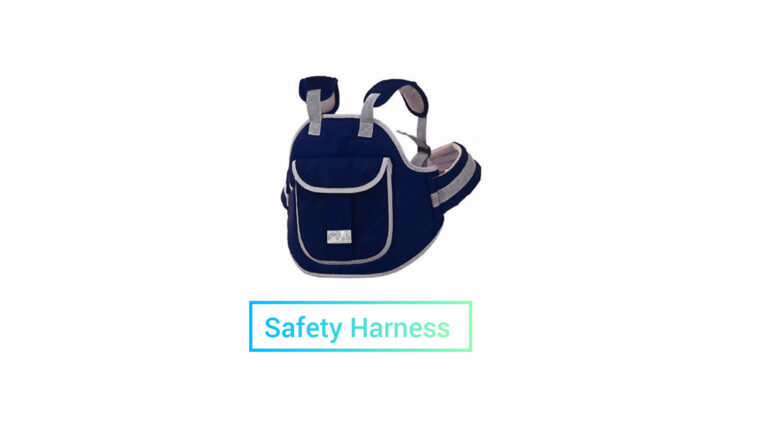Taking care of a baby’s ears and nose is crucial for their overall health and comfort. Babies are sensitive, and proper hygiene prevents infections, congestion, and discomfort. This guide will help you understand the best practices for keeping your baby’s ears and nose clean and healthy.

How to Clean a Baby’s Ears Safely
Babies have delicate ears that require gentle cleaning. Excessive wax removal or inserting objects can cause damage. Follow these steps for safe ear care:
1. Avoid Cotton Swabs inside the Ear Canal
Many parents use cotton swabs to clean their baby’s ears, but this can push wax deeper, leading to blockages or infections. Instead, use a soft washcloth or a cotton ball dampened with warm water to wipe the outer ear.
2. Let Earwax Do Its Job
Earwax naturally protects the ear by trapping dust and bacteria. If you notice excess wax buildup, consult your pediatrician instead of trying to remove it yourself.
3. Keep Ears Dry after Bathing
After a bath, gently dry your baby’s ears with a soft towel. Avoid letting water enter the ear canal, as moisture buildup can lead to infections.
4. Watch for Signs of Ear Infections
Babies may develop ear infections, especially after colds. Signs include tugging at the ear, fussiness, fever, or fluid drainage. If you suspect an infection, see a doctor promptly.
Best Practices for Cleaning a Baby’s Nose
Nasal congestion can make breathing difficult for babies, as they primarily breathe through their noses. Here’s how to keep their nasal passages clear:
1. Use a Saline Spray or Drops
A saline solution helps loosen mucus, making it easier to remove. Apply a few drops into each nostril before using a suction bulb or nasal aspirator.
2. Use a Nasal Aspirator for Mucus Removal
A bulb syringe or nasal aspirator can gently clear mucus. Squeeze the bulb before inserting it into the nostril, then release it to suction out mucus. Clean the aspirator thoroughly after each use.
3. Keep the Air Moist
Dry air can cause nasal congestion. Use a cool-mist humidifier in your baby’s room to maintain proper humidity levels. Ensure the humidifier is cleaned regularly to prevent mold growth.
4. Elevate Your Baby’s Head Slightly
If your baby has a stuffy nose, slightly elevating their head during sleep can help drain mucus naturally. However, avoid using pillows for infants under one year old.
When to Seek Medical Help
While minor earwax buildup and occasional nasal congestion are normal, consult a doctor if you notice any of these symptoms:
- Persistent ear pain or fever.
- Yellow or green nasal discharge lasting more than 10 days.
- Difficulty hearing or unusual discharge from the ears.
- Severe breathing difficulties due to nasal blockage.
Final Thoughts
Proper baby ear and nose care ensures a happy, healthy infant. Avoid inserting objects into their ears, keep their nose clear using safe techniques, and monitor for signs of infection. By following these simple hygiene practices, you can help your baby breathe and hear comfortably, reducing the risk of complications.
By staying attentive to your baby’s hygiene and knowing when to seek medical advice, you’ll provide the best care possible for your little one’s well-being.



